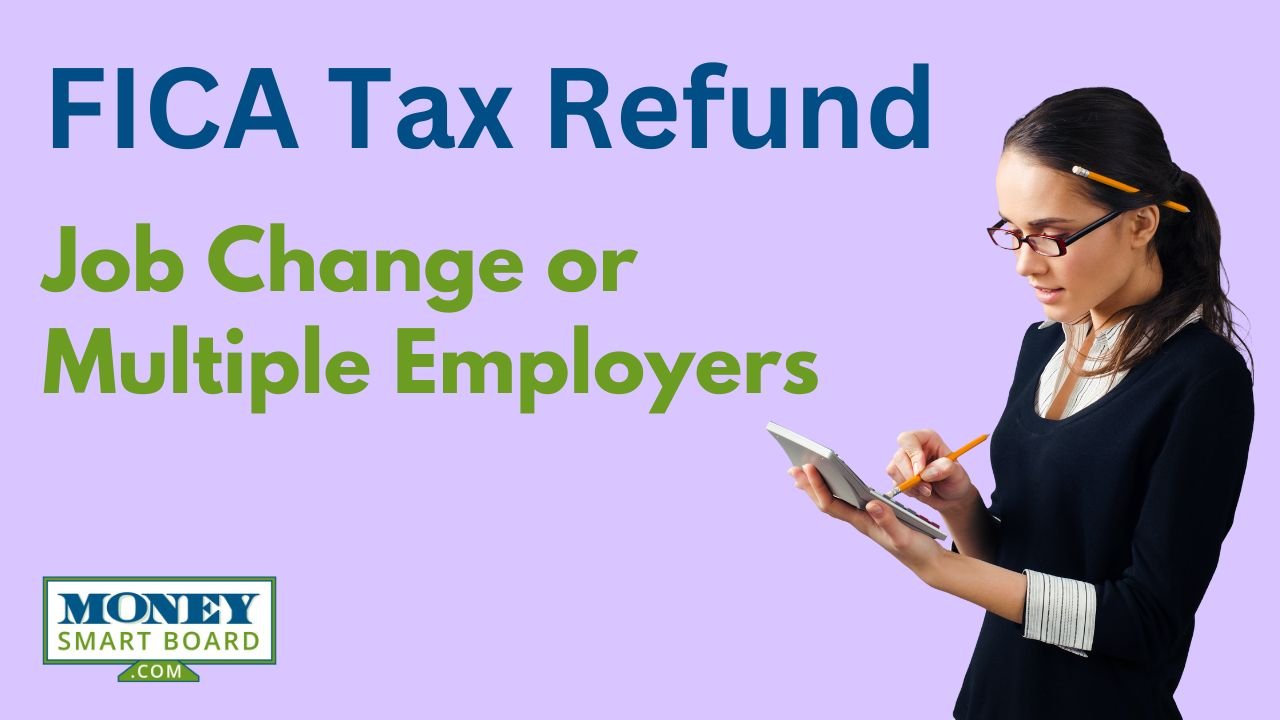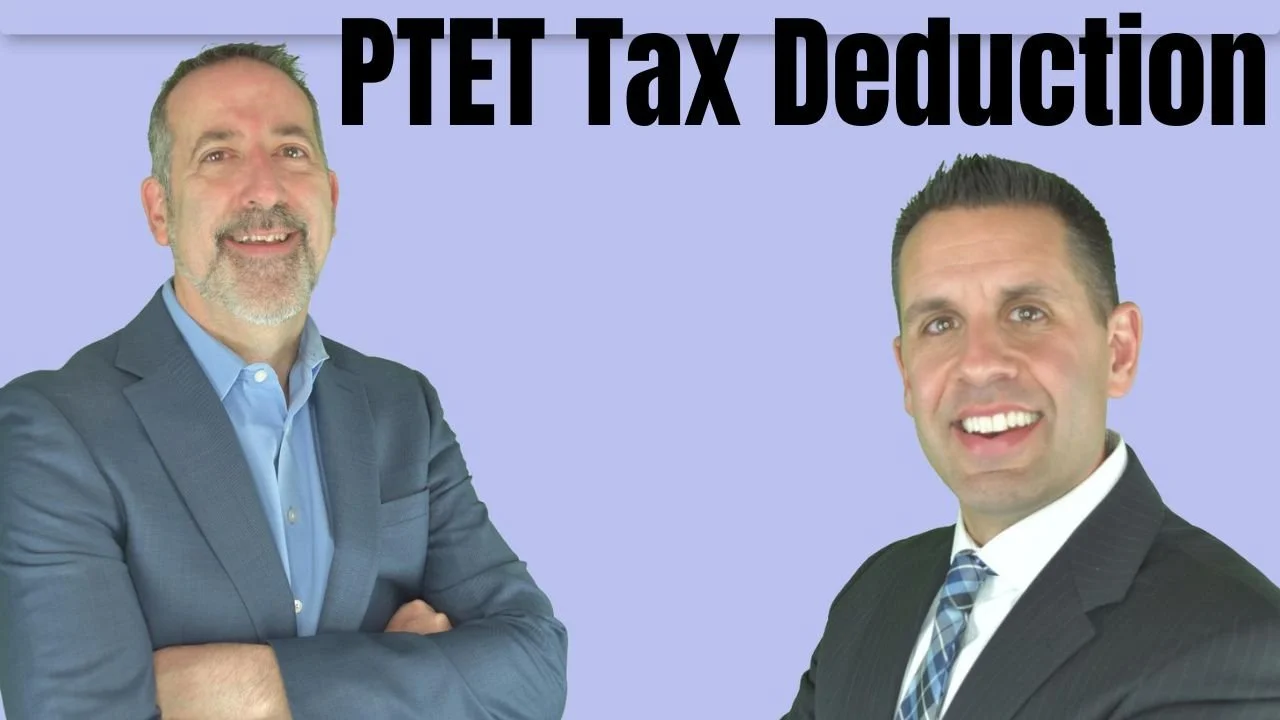Understanding Investment Tax Forms
Types of Investment Income
Making a wide variety of investments is a wise move as it means if one market drops, not all of your investments will be affected. If you've only invested in stocks or real estate then it would be a good idea to diversify. Take a look at this review and see if Bitcoin is something you want to invest in. The whole point of investing is to make a profit from your investments so you want to give yourself as much of a chance of success as possible. Income from investments can be divided into four main categories;
Interest – Interest income is paid on bonds and other types of fixed-income securities such as fixed annuities. Interest is always taxable as ordinary income unless it is paid inside an IRA or qualified plan or annuity contract. Municipal bond interest is also tax free and interest from treasury securities is exempt from taxation at the state and local levels.
Dividends – These represent a portion of a company's current profits that it passes on to shareholders. Dividends can be taxed as ordinary income, or they may qualify for lower capital gains treatment in some cases if they are coded as "qualified" dividends.
Capital Gains – This represents the amount of profit realized when an investment is sold at a higher price than that for which it was bought. Long-term gains are realized for investments held for at least a year and a day before they were sold, and are taxed at a lower rate than ordinary income. Short-term gains are taxed as ordinary income.
Retirement and Annuity Distributions – Although distributions from retirement plans are not technically a form of investment income, they are listed here because IRA and retirement plan owners can only access the gains from their investments in these accounts by taking distributions. Normal distributions are always taxed as ordinary income.
Tax Forms
Each income type listed above is broken out on a corresponding 1099 form issued by the broker or issuer of the income generated. Every form includes the name, address and tax ID number of the issuing entity. These forms are listed as follows:1099-INT – Breaks out the interest paid to the investor. This form is issued for anyone who owns bonds, CDs or mutual funds that invested in fixed income securities or cash or has an interest-bearing bank or brokerage account.
Box 1 shows total taxable interest paid
Box 2 shows the amount of early withdrawal penalty, if any
Box 3 shows the amount of U.S. Treasury security interest paid
Box 4 shows the amount of tax withheld
Box 5 shows investment expenses
Box 6 shows foreign tax paid
Box 7 shows the foreign payor
Box 8 shows tax-exempt interest
Box 9 shows interest from special private activity bonds
Box 10 shows the CUSIP number for tax-free bond interest
Boxes 11-13 show state ID information and withholding
1099-DIV – This breaks down the total amount of dividends paid to an investor. It is issued to holders of any common stock, preferred stock, or mutual fund that invests in them. However, it is not issued to owners of cash value life insurance policies, as those dividends are merely a return of premium.
Box 1a shows total ordinary dividends
Box 1b shows total qualified dividends
Boxes 2a-d break down capital gains from mutual funds, REITs and collectibles
Box 3 shows nondividend distributions
Box 4 shows federal tax withheld
Box 5 shows investment expenses
Boxes 6 and 7 show foreign tax paid and the foreign payor
Boxes 8 and 9 show cash and noncash liquidation distributions
Box 10 shows private interest dividends
Box 11 shows specified private activity bond interest dividends
Boxes 12-14 show state ID information and withholding
1099-B – This form breaks down the amount of capital gain or loss that the investor realized for that tax year. It is issued to everyone who bought or sold publicly traded securities at a gain or loss. Many brokerage firms issue additional statements that break down the loss or gain for each trade and then quantify them into net long- and/or short-term gains and losses for the year.
Box 1a shows the date of sale or exchange
Box 1b shows the date of acquisition
Box 1c shows whether it is a long- or short-term gain or loss
Box 1d shows the ticker symbol of the security
Box 1e shows the quantity sold
Box 2a shows the gross proceeds reported to the IRS both before and after commission and expenses
Box 2b shows a checkbox if loss not allowed due to amount shown in box 2a
Box 3 shows cost or other basis
Box 4 shows federal tax withheld
Box 5 shows any amount of wash sale loss that was disallowed
Box 6 has checkboxes for noncovered securities and for sales where the basis in box 3 was reported to the IRS
Box 7 shows income from bartering
Box 8 is for a description of the security if needed
Boxes 9-12 break down realized and unrealized gains and losses from derivatives contracts
Boxes 13-15 show state ID information and withholding
1099-R – This form is issued to everyone who receives distributions from IRAs, qualified retirement plans or annuity contracts that are not housed inside a tax-deferred account or plan.
Box 1 shows the gross distribution amount
Box 2a shows the amount of taxable distribution
Box 2b has checkboxes for taxable amount not determined and total distribution
Box 3 shows amount of capital gain included in box 2a
Box 4 shows federal tax withheld
Box 5 shows employee/Roth contributions
Box 6 shows net unrealized appreciation in employer securities
Box 7 shows the distribution code that determines how the distribution is taxed
Box 8 shows the value of any annuity contract included in the distribution
Box 9a shows the value of distribution percentage that belongs to the recipient
Box 9b shows the amount of the employee's investment for annuity distributions where the exclusion ratio must be computed
If Box 10 is filled, refer to instructions on Form 5329
Box 11 shows the year the recipient first made a Roth contribution of any kind
Boxes 12-17 show state and local ID information and withholding
1099 MISC – Although most of this form pertains to earned income, it is also used to report royalty income (box 1) and working interest income (box 7) in oil and gas leases.Form 5498 – The receiving custodian of a qualified plan rollover or IRA transfer issues this to the account holder as proof that the transfer was not a taxable event and should not be counted as a distribution.
About Michael.........
Hi, I'm Michael Ruger. I'm the managing partner of Greenbush Financial Group and the creator of the nationally recognized Money Smart Board blog . I created the blog because there are a lot of events in life that require important financial decisions. The goal is to help our readers avoid big financial missteps, discover financial solutions that they were not aware of, and to optimize their financial future.

































